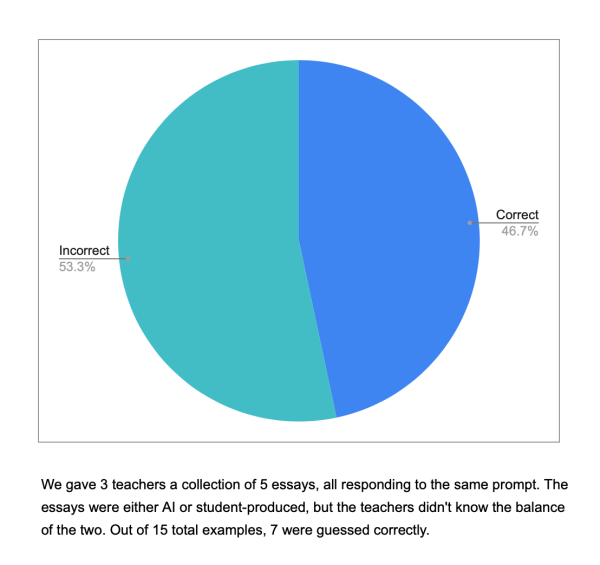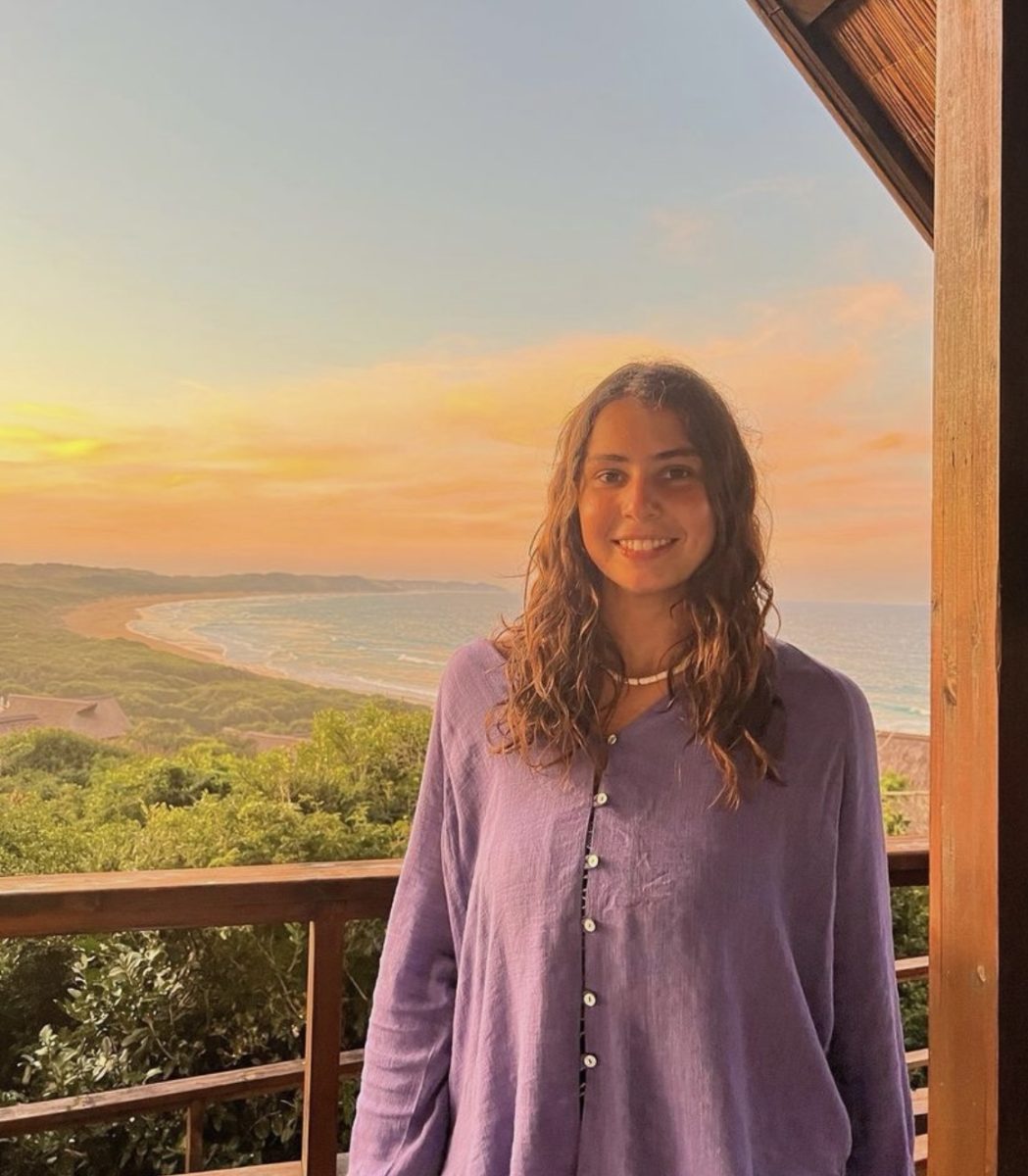As the capability of generative AI expands, the classroom experience is changing. At Uni, we’re seeing these changes manifest through a higher emphasis on making sure all work is student-produced. From course policies of implementing AI checkers on long-form writing, to attempting in-class essays written by hand, Uni High, like most schools, is grappling with access to ChatGPT and similar software.
Math teacher Beth Runkel, who teaches Calculus I and Calculus 2/3, first learned about generative AI during the pandemic of 2020, when many students began to take advantage of the lack of supervision and participate in academic dishonesty. She has since worked to further understand the capability of AI programs.
“I did meet with some other teachers and we were trying to talk about how it would affect classes,” said Runkel.
She recognized that there are differences in the effects of AI on her class as opposed to a humanities class, where answers are more long-form and subjective, rather than just having one solution.
“I assume AI will at some point be able to answer any question. I’m sure you can easily, probably, find answers for problems that are just pure math. Here’s the problem, give the answer. You don’t have to show your work, even.”
Runkel’s contingency plans for future advancement of problem-solving technology focus heavily on convincing students they don’t have to rely on these tools.
“A lot of students have a fear of math, and so their first instinct is to get that right however they can. If I try to take that fear away, they might be willing to try something on their own. I want students to think that it’s for them.”

Melissa Schoeplein, who teaches Social Studies, Contemporary Issues in Government, Politics, and Society, and World Since 1989, is keeping an open mind for the future of AI use. After recognizing the scale of AI’s impact on the classroom during a professional development seminar over the summer, she began to specifically prohibit the use of ChatGPT and other generative AI software in the syllabi of her classes. As her classes focus more on students’ ability to think critically about a subject, having access to the shortcut of AI became a big concern.
“The process of writing is so much connected to critical thinking. Being able to write about a topic and explain a topic and analyze a topic on your own means that you’re making connections in your brain about a topic. If students are skipping that step for whatever reason, they’re not gonna be working those muscles,” Schoeplein explained.
Schoeplein elaborated that she would start to put more emphasis on students writing responses by hand. Her classes include notebook checks, ensuring that students are actually engaging with the material, and also de-emphasizing typed responses.
As for the future of policies and mindset, Schoeplein is open to all possibilities. “It’s such a rapidly changing field, I need to kind of keep an open mind. I’m open to the idea that I might change [policies] in future years.”
Andrew Wilson teaches World History since 1500, and is more optimistic about the future of generative AI’s impact on the classroom.
“I’m not concerned about the future of grading systems; I hope most grading systems die. That’d be a benefit to what AI brings,” Wilson remarked. “AI challenges a lot of traditional ways of teaching, like the old school essay, where you’re given a question and a prompt and you’re supposed to develop an answer.”
Wilson’s tactics to thwart students’ use of generative AI, which are representative of the Social Sciences department as a whole, aim to provide projects or prompts that focus more on thinking critically than just coming up with an answer.
“I don’t want the AI to replace your critical thinking. Any kind of complex idea. I’d like you to be able to analyze material, like understand what people are trying to tell you and why they’re trying to tell you those things.”
All three teachers commented that they are open to changing their mindset or policies as the capability of AI expands.
“Knowing that it’s the future, we’re finding ways to incorporate it into being a positive thing. How can we use it to help?” Runkel explained.

